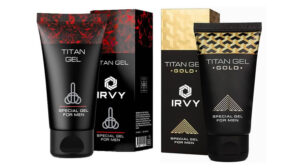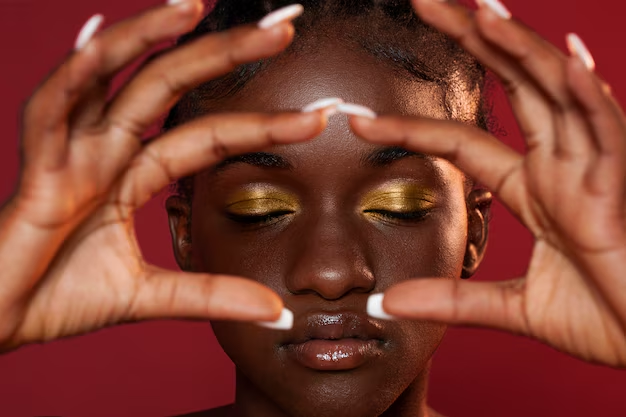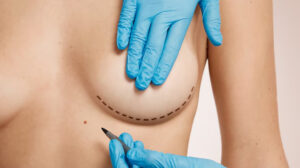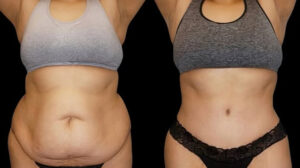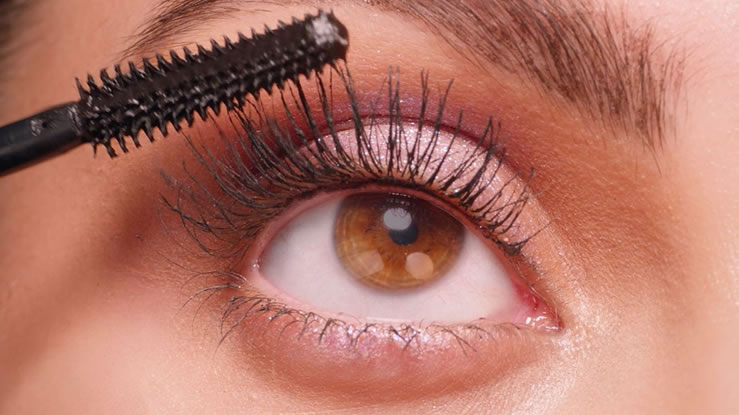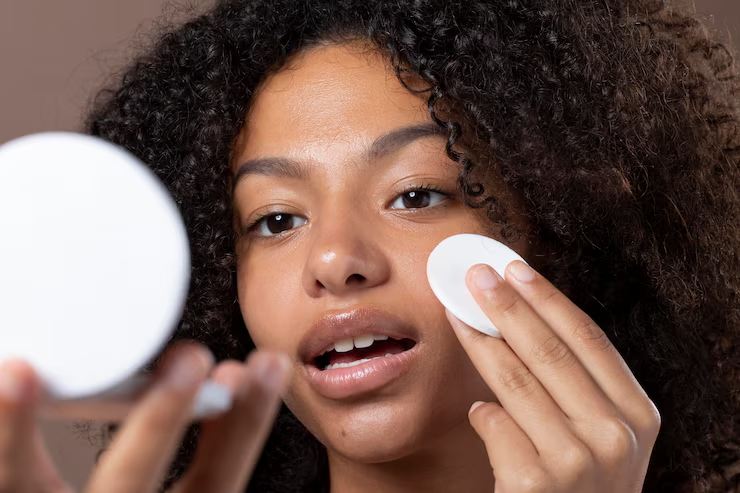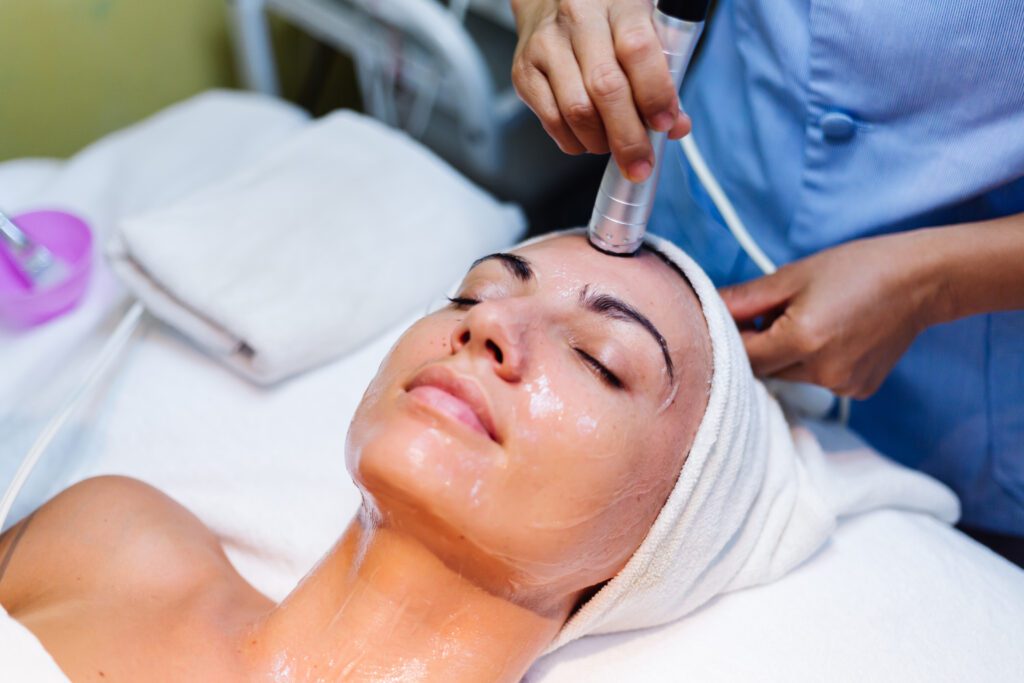Light therapy has become one of the biggest movements in modern skincare. LED face masks, once limited to dermatologist clinics, are now widely available for at-home use. These devices use different light wavelengths to target skin concerns such as acne, aging, and dullness.
A common question among beauty lovers is whether LED face masks can be used daily. While they promise visible results, overuse can raise concerns about safety, skin irritation, and effectiveness. Understanding how LED therapy works helps answer whether daily use is ideal or not.
How LED Face Masks Work
LED (light-emitting diode) masks use low-level light therapy to stimulate the skin. Different colors penetrate the skin at varying depths, triggering specific reactions.
-
Red light (630–700 nm): Boosts collagen, reduces fine lines, and improves firmness.
-
Blue light (400–470 nm): Targets acne-causing bacteria and helps control breakouts.
-
Green light (520–560 nm): Calms redness, reduces pigmentation, and evens skin tone.
-
Yellow light (570–590 nm): Improves circulation and reduces dullness.
Unlike laser treatments, LED therapy does not cause heat damage or downtime. The light energy is gentle, making it suitable for repeated use.
Read Also>>>Most effective LED face masks
Can You Use a LED Face Mask Every Day?
The answer depends on the device, your skin type, and the treatment goals.
-
Professional opinion: Most dermatologists recommend using LED masks 3–5 times per week for visible results.
-
Daily use: Some at-home devices are designed for safe daily use because they emit lower light intensity compared to professional machines.
-
Skin sensitivity: People with sensitive skin may need fewer sessions to avoid irritation.
So while many devices allow daily sessions, spacing them out may be more effective and safer for long-term results.
Benefits of Frequent LED Mask Use
Using a LED face mask regularly helps reinforce treatment outcomes.
-
Improved skin texture: Frequent red-light use boosts collagen formation, keeping skin smoother.
-
Consistent acne control: Daily or near-daily blue-light sessions help reduce breakouts by keeping bacteria under control.
-
Brighter complexion: Green and yellow lights, when used often, support skin clarity and radiance.
-
Non-invasive anti-aging: Regular exposure reduces reliance on aggressive treatments like peels or injectables.
Daily use can offer visible results faster, but the improvements depend on device quality and consistent practice.
Risks of Daily LED Mask Use
While LED masks are considered safe, daily use may not suit everyone.
-
Skin irritation: Overuse can cause mild redness or dryness, especially with sensitive skin.
-
Eye strain: If the mask lacks proper eye protection, frequent exposure may affect eye comfort.
-
Plateau effect: Using the mask too often does not always speed up results; collagen and cell turnover work in cycles.
-
Time commitment: Each session can last 10–20 minutes, making daily use harder to maintain.
Monitoring your skin’s reaction is essential. If irritation appears, cutting back the frequency is recommended.
How Often Dermatologists Recommend Using LED Masks
Most dermatologists suggest:
-
At-home devices: 3–5 times per week for 10–20 minutes.
-
Professional treatments: Once every 1–2 weeks, depending on the intensity of the machine.
Consistency is more important than daily overuse. Long-term adherence delivers better outcomes than short bursts of intense sessions.
Who Should Avoid Daily Use of LED Masks
While LED therapy is safe for most people, certain groups should be cautious.
-
Pregnant women: Safety data is limited, so doctors often advise against it.
-
People with epilepsy: Flashing lights may trigger seizures.
-
Individuals on photosensitive medication: Drugs like isotretinoin (Accutane) increase light sensitivity.
-
Severe skin conditions: Those with active infections, open wounds, or eczema flares should avoid daily use.
Consulting a dermatologist before frequent use helps ensure safety.
Best Practices for Using LED Face Masks
If you decide to use an LED mask daily or frequently, following proper steps enhances results.
-
Cleanse the skin first – Dirt and makeup block light penetration.
-
Apply on dry skin – Moisture can interfere with the device’s contact.
-
Protect the eyes – Use built-in eye shields or close your eyes during treatment.
-
Follow recommended time – Avoid extending sessions beyond the device’s instructions.
-
Combine with skincare products – Use serums like hyaluronic acid or peptides afterward to support results.
Consistency and correct use matter more than intensity or frequency.
Comparing Daily Use to Weekly Use
-
Daily sessions: Offer faster acne reduction and glow but may risk mild irritation.
-
Weekly sessions: Take longer for results but are gentler and easier to maintain long-term.
Finding a balance based on skin type and goals ensures sustainable improvements.
Alternatives to Daily LED Mask Use
If daily treatment feels excessive, try alternating with other skincare steps:
-
Chemical exfoliation (AHA/BHA) for cell turnover.
-
Retinol for anti-aging support.
-
Hydrating masks for plumpness and moisture.
Combining these with LED therapy creates a balanced skincare routine.
What Results to Expect from LED Mask Use
-
After 2 weeks: Brighter complexion and reduced breakouts.
-
After 4–6 weeks: Noticeable collagen boost, smoother fine lines, and clearer skin.
-
Long-term use (3–6 months): Stronger improvements in firmness, acne control, and overall radiance.
Daily users may see results faster, but weekly users also achieve the same outcomes over time.
LED face masks offer a safe and effective way to improve skin health. While daily use is possible with many at-home devices, it may not always be necessary. Dermatologists recommend 3–5 weekly sessions for the best mix of safety and results.
If you enjoy using the mask daily and your skin tolerates it, you can continue. Just pay attention to irritation signs and follow device instructions.




